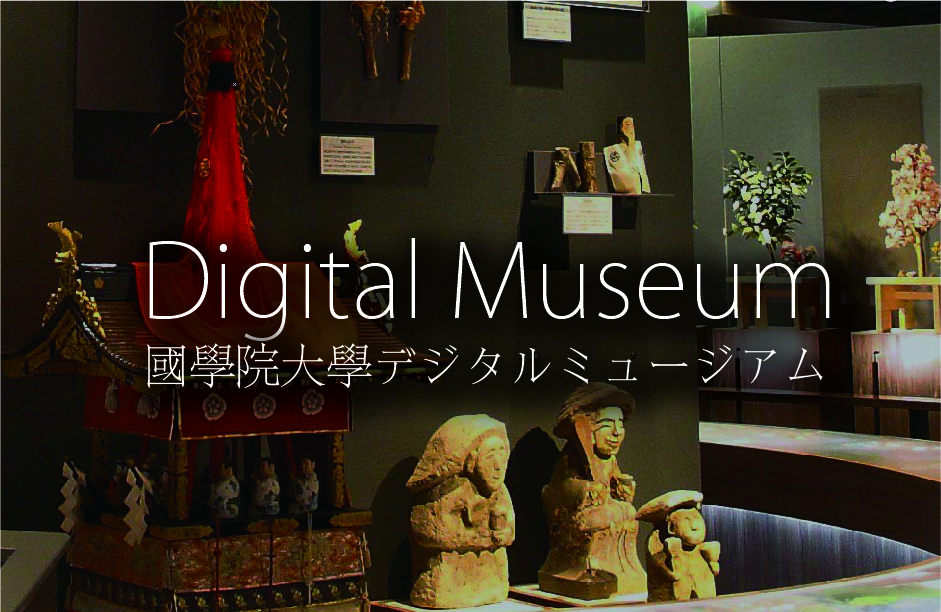- トップ
- Encyclopedia of Shinto
- Gagaku
Encyclopedia of Shinto
| Main Menu: | |
| Links: |
詳細表示 (Complete Article)
| カテゴリー1: | 5. Rites and Festivals |
|---|---|
| カテゴリー2: | Performing Arts |
| Title | Gagaku |
| Text | Gagaku is said to be the exemplary musical form that was transmitted to Japan from the Asian mainland in ancient times. In ancient times it formed one branch of Japanese music, but as time passed musical forms created in Japan such as saibara and rōei also came to be incorporated into gagaku. The music performed in rituals at Shintō shrines has likewise been referred to as gagaku, and so in its widest definition gagaku would include all these different forms. The gagaku imported from the continent is broken down into two groups based on geographical origin—tōgaku (from China ) and komagaku (from Korea). A Department of Gagaku (gagakuryō) was established under the ritsuryō system to conduct and administer performances and to train musicians. The insitution declined by the middle of the Heian period, however, and its functions were shifted to the Ō-utadokoro (translated variously as Imperial Poetry Bureau or Folk Music Office) or the Gakusho (Music Office). Musical forms not deemed to be authentic gagaku were known as sangaku. These genres become the precursors of other musical forms, most notably sarugaku and Noh. Groups of musicians from Nara and elsewhere carried gagaku on from the medieval period onward, but after surviving the decline of court rituals during the Warring States period (1467-1573) it would wind up receiving a certain degree of protection from the Tokugawa bakufu. The Meiji government established a Bureau of Gagaku in the Dajokan (Great Council of State) and gathered together musicians from the three major centers of gagaku practice—Kyoto, Nara, and Osaka—into a formal department. Following various organizational shifts, currently it is the Music Department in the Imperial Household Agency (see Kunaichō) that carries on performing gagaku and the associated dance form of bugaku. There are a variety of groups and organizations throughout Japan that perform gagaku as well. In particular, the Nippon gagaku-kai, founded by amateur and fans of Gagaku in 1962, performs widely and is actively involved in spreading and popularizing gagaku. — Yonei Teruyoshi |





